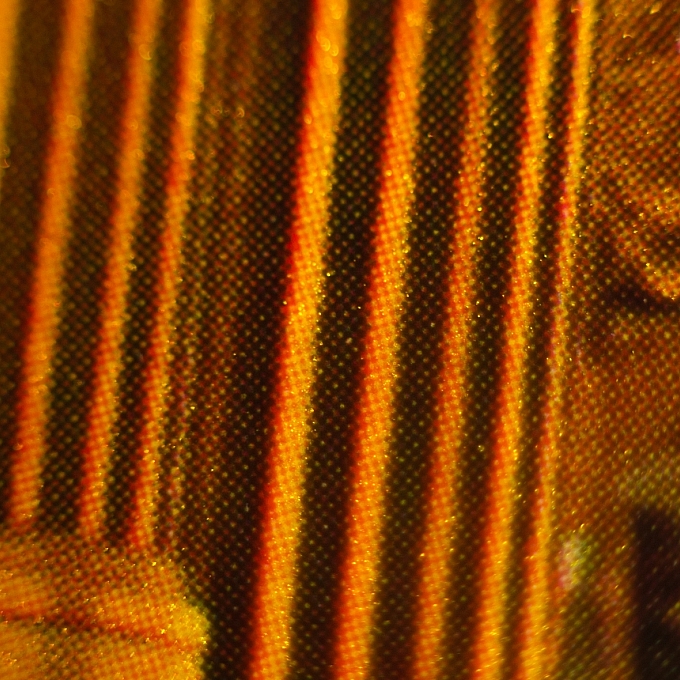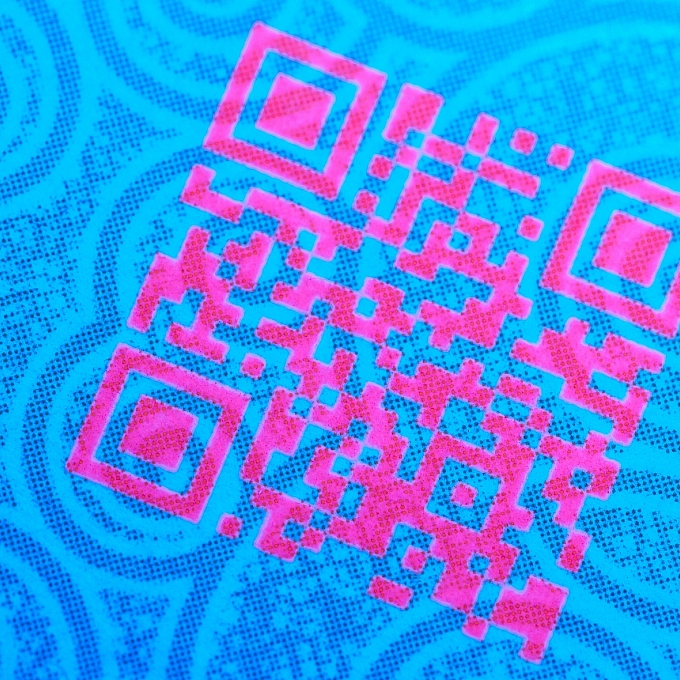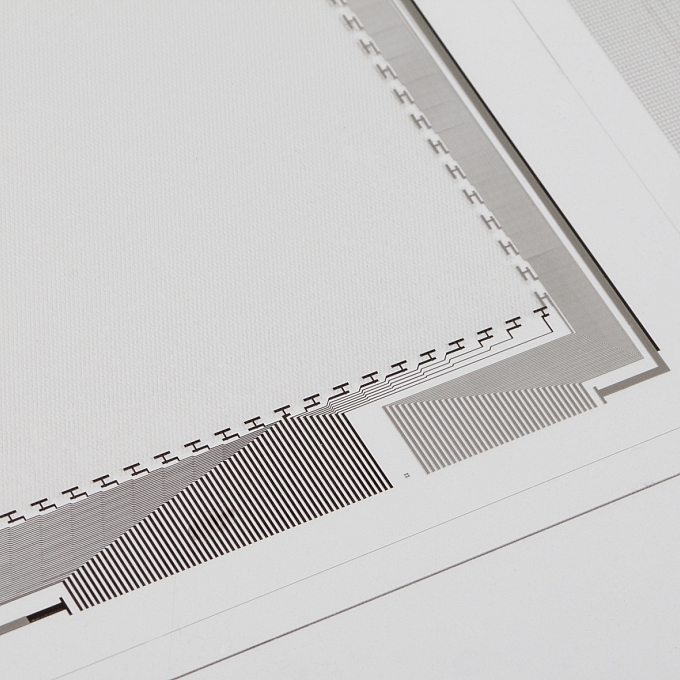
Innovation at Kodak
Image Science
Kodak's deep Image Science portfolio is leveraged across applications as diverse as enhancing printed graphics, securing information through the printing process and enhancing the functionality of any printed image or pattern. The science behind this element of a printed feature is woven into the printing process and expressed in the materials' features – whether visible or invisible.

Research Topic
Image Quality
Optimizing the performance of high-speed inkjet writing systems (e.g., a PROSPER Press operating at 650-1000 feet/minute) can be a daunting task. Development and implementation of image science algorithms to achieve the desired image quality is an integral part of the overall system design. Both on-press and off-line measurements are employed extensively to provide feedback on image quality and to enable realtime correction algorithms. On-press tools are based on realtime feedback from the image quality cameras installed over the printed page or from the routine setup and calibration procedures that are performed daily or at the start of a job. Examples of on-press features are: adaptive algorithms for masking stitching artifacts across multiple printheads, density uniformity calibration, in-track and cross-track color plane correction to combat color misregistrations resulting from paper shrinkage after printing each color channel, and the use of expert systems to identify the types and locations of artifacts in a printed color page. Off-line metrology enables the tracking and characterization of image quality performance and variability both within a page or globally as a result of system-wide changes. Off-line image quality attributes include line width and raggedness, color bleed, color-to-color registration, density uniformity, mottle and grain, and color gamut.

Research Topic
Secure Data Imbedding
Digital printing simultaneously presents a counterfeiting threat and a deterrence opportunity. Digital printers, such as the KODAK PROSPER Technology, enable the printing of variable data. This feature, once leveraged with secure materials, has the potential to provide novel, unique, and effective solutions for a broad set of applications in both the document printing and the packaging domains. These solutions address applications such as track and trace, copyright and content protection, metadata tagging, and authentication and integrity verification. One example of such technology is invisible data embedding combined with stable infrared ink formulations.

Research Topic
Functional Image Science
Functional printing includes the placement of patterns onto substrates using printing techniques such as aerial exposure onto photosensitive media, jetting and physical image transfer. In contrast to passive patterns intended only for viewing, storage or scanning of information, some functional patterns can be activated by external stimuli to perform specific tasks. For example, a conductive metallic microgrid can be printed onto a substrate as part of a touch screen apparatus on a tablet display. The microgrid should not significantly affect the quality of a displayed image while providing the necessary sensitivity and resolution expected from a modern touch screen. The emerging discipline of Functional Image Science is seeking solutions to such problems where the electrical, optical and mechanical performance of a printed pattern must be optimized while simultaneously controlling the visual characteristics of the pattern for successful integration into useful devices.